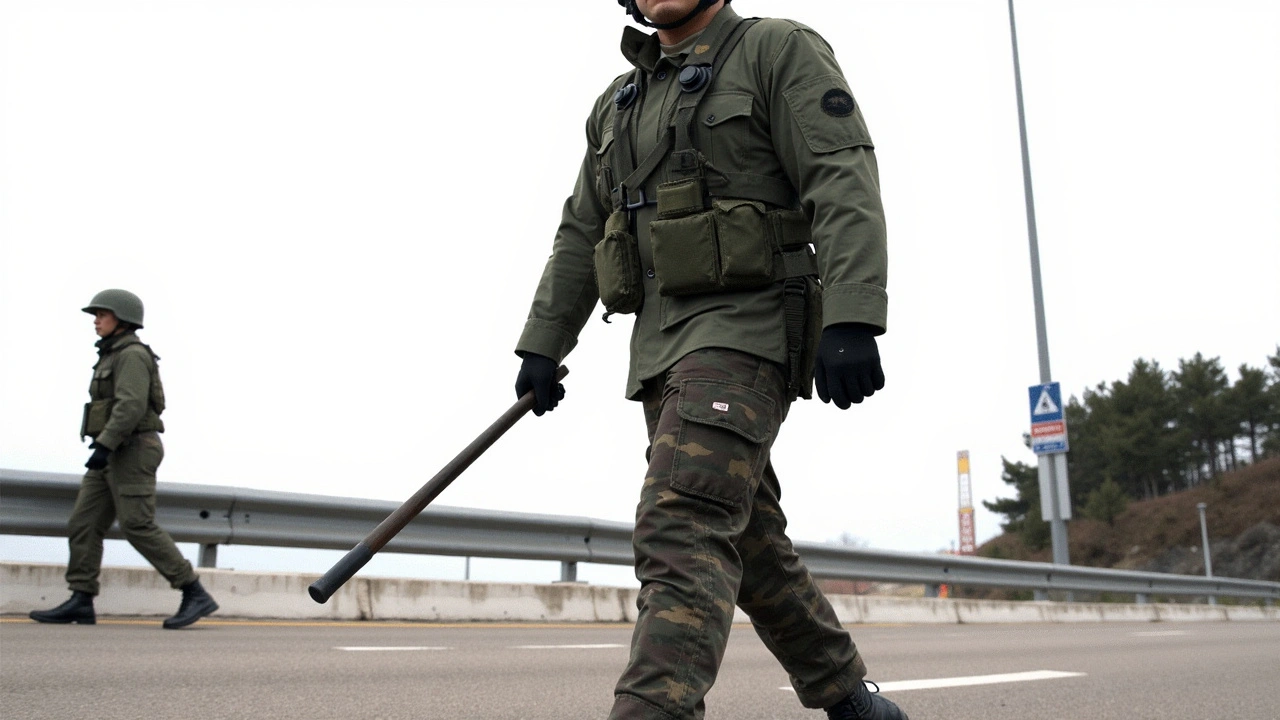Drone Conflict Explained – What’s Happening Right Now
If you’ve seen headlines about drones buzzing over cities or war zones, you’re probably wondering what a “drone conflict” really means. In plain terms, it’s any clash where unmanned aerial vehicles (UAVs) are used to gather intel, strike targets, or block enemy drones. The technology is cheap enough for small groups but powerful enough to change the balance of power.
Why Drone Conflicts Matter
First off, drones make war cheaper and faster. A country can launch a handful of UAVs instead of sending pilots, tanks, or ships. That means conflicts can start with less political risk – no soldiers on the ground to lose. At the same time, civilians feel the impact directly: drone strikes in crowded areas raise safety concerns, while surveillance drones watch streets and borders.
Second, drones blur the line between police work and military action. In some African cities, security forces use drones to monitor protests or illegal mining. Critics say that turns ordinary policing into a high‑tech battlefield, sparking debates about privacy and human rights.
Key Stories Shaping the Debate
One hot topic is the rise of commercial drone swarms used by rebel groups in conflict zones. These cheap drones can carry small explosives, turning a hobbyist gadget into a weapon. Governments are scrambling to develop counter‑drone systems – nets, radio jammers, and even AI‑powered detection.
Another story involves international regulation. The United Nations has held several meetings trying to set rules for drone use, but enforcement is weak. Meanwhile, big tech companies keep releasing more advanced UAVs, making it harder for lawmakers to keep up.
In South Africa, a recent trial saw police drones deployed during a protest over land rights. Video footage showed the drones hovering above crowds, leading activists to claim intimidation. The case sparked a local court ruling that any drone use in public protests must have clear legal backing.
On the commercial side, delivery companies are testing UAVs for quick package drops in remote regions. While this can boost economies, it also raises questions about airspace safety and whether these civilian drones could be hijacked for hostile purposes.
Environmental groups warn that drone warfare can damage wildlife habitats. A single strike in a protected forest can trigger fires or disturb breeding grounds, adding another layer of concern to an already complex issue.
If you’re watching the news and see a story about “drone conflict,” remember it’s not just about high‑tech weapons. It’s about how societies balance security, privacy, and human rights in a world where anyone can launch a UAV from their backyard.
Bottom line: drone conflicts are reshaping how wars start, how police operate, and even how we get our online orders. Staying informed means understanding both the tech and the politics behind those buzzing machines.

